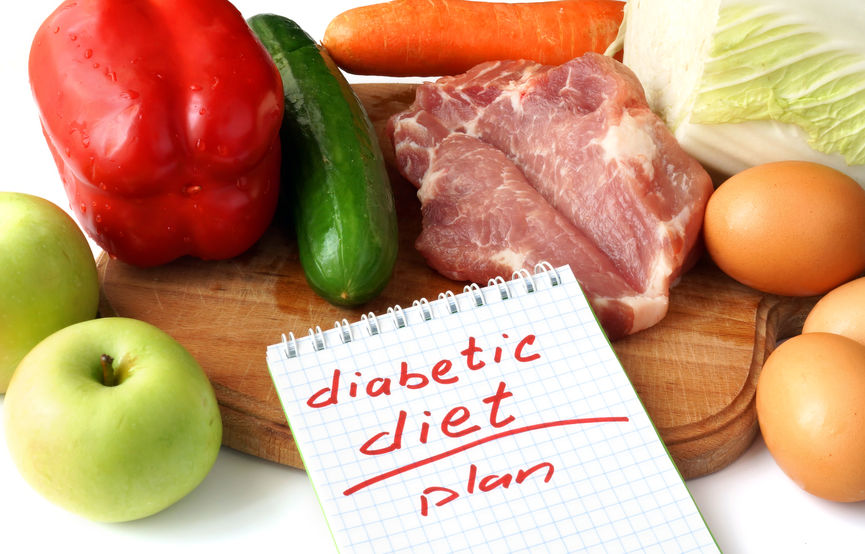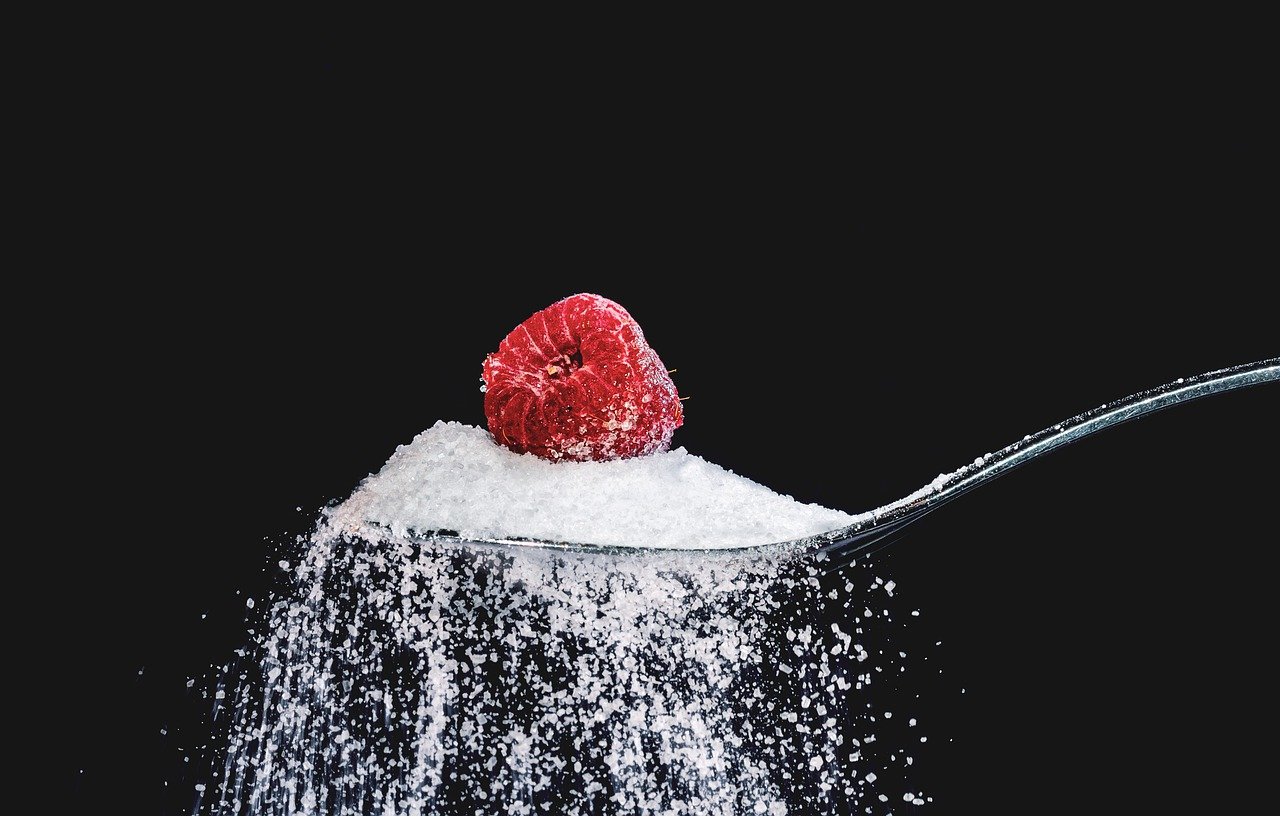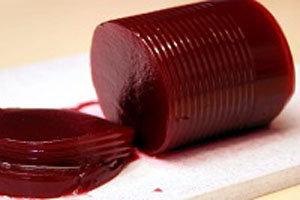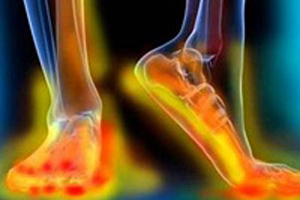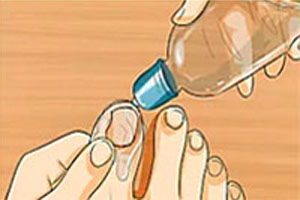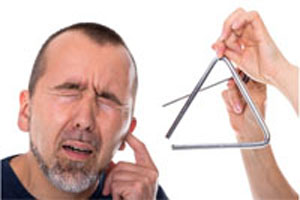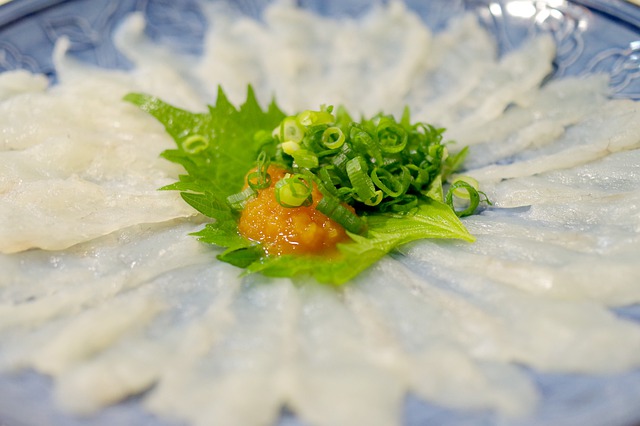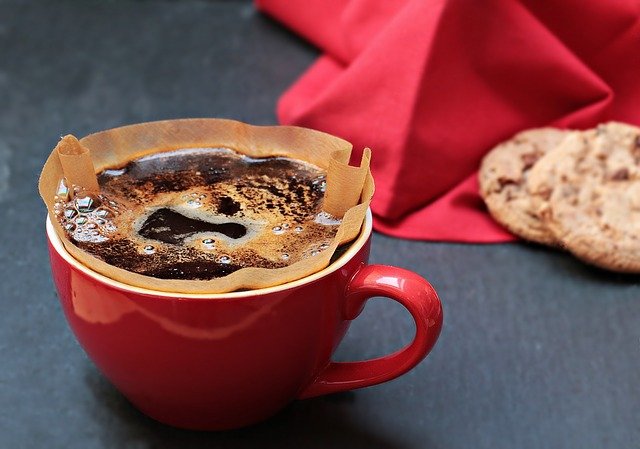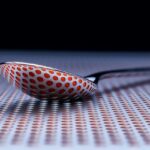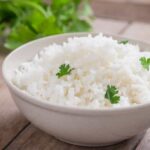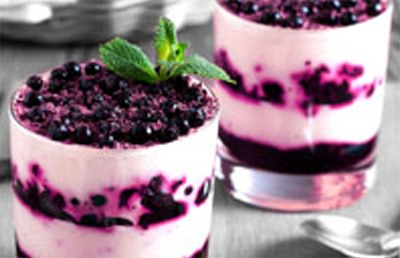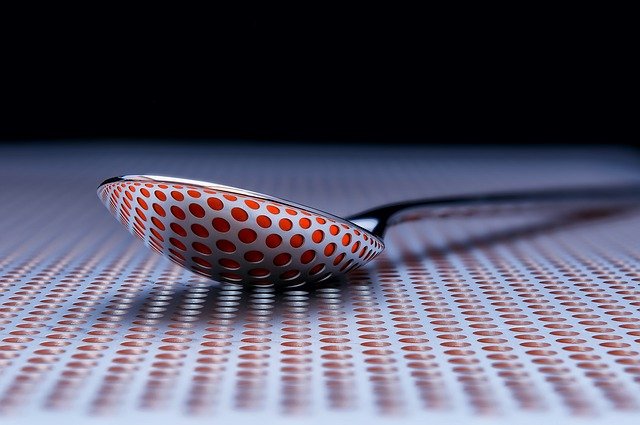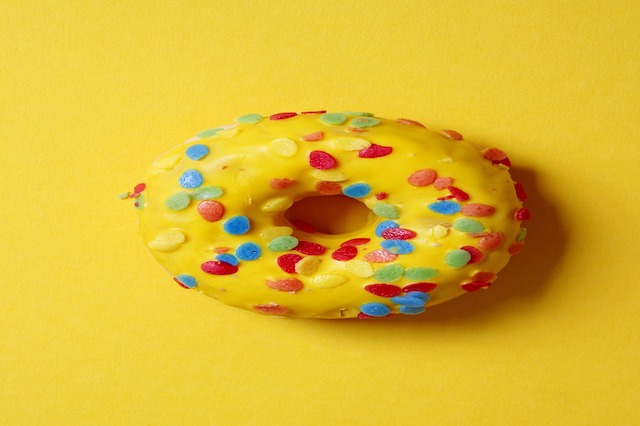Struggling with weight loss? Forget all diets in the world and go keto. This popular low-carb high-fat diet is making news amongst celebrities and weight-conscious people for a good reason.
Doctors agree that a diet featuring low carb provides good nourishment to the body when accompanied with whole foods. It helps your body burn fat efficiently. And this is what you need to lose weight in a healthy manner and keep yourself energetic at the same time.
Before you begin a keto diet, you must know what it is and how it affects your body.
Understanding ketogenic diet

Ketosis is a metabolic state of the body in which it breaks down molecules of fat into ketones for energy. This state is reached when you take very few carbs and somewhat higher fat than normal.
In a normal diet, the metabolic state of the body is glycolysis. Here, the body burns carbs for energy.
So, here’s the difference:
- In ketogenic diet, the body burns ketones.
- In a normal diet, the body burns carbs.
Benefits
When you cut the intake of carb drastically, you decrease insulin resistance significantly, say doctors.
Low carb diets coupled with exercise are found to be amazingly effective in reducing the signs and progression of diabetes type 2, as per a study.
When the body reaches the state of ketosis, hunger naturally decreases. You eat less. You burn fat more. As a result, you lose weight effectively and also keep your blood sugar levels regulated.
Isn’t this great?
Starting ketogenic diet
It takes some time for your body to adapt to the new diet. You begin by eating a low carb diet in the first two weeks.
Do not panic if you feel unwell during this time. You may feel:
- Sluggish
- Headaches
- Fatigue
- Certain gastrointestinal issues
These are signs that your body is adapting to the diet. Doctors often call this “Keto Flu.”
To combat the above signs, drink plenty of fluids. Add a pinch of salt to your drinking water to balance the electrolytes in the body, advise doctors.
Doctors do not recommend restricting calories in the first two weeks. First, let your body adapt.
The best thing of ketogenic diet is that your body burns fat, but you do not experience muscle loss.
This is not the case with a normal carb-restricted diet. You lose weight from fat and muscle.
Remember
Ketogenic diet can make your body lose a lot of water in the beginning phase.
As you go keto, your body converts carbs into glycogen and stores it in water within the liver and muscles.
Once the stored glycogen gets exhausted, the body removes the water.
This is good news for you, as you experience a rapid loss of fat in the initial weeks. Plus, you reduce water weight too. So, you lose weight and you experience lesser bloating due to the removal of water. This makes you look fitter and healthier.
Doctors recommend the following foods on a keto diet:
- Fruits, including avocado and a lot of berries like raspberries, strawberries, and blueberries.
- Vegetables, including cucumbers, Brussels sprouts, asparagus, and broccoli.
- Fats and oils like sesame oil, almond oil, olive oil, flaxseed oil, and peanut butter.
- Nuts and seeds, including walnuts, almonds, sunflower seeds, sesame seeds, and pumpkin seeds.
- Dairy products like Greek yogurt, cheese, heavy cream, and sour cream.
- Meat like goat, lamb, pork, veal, chicken, and turkey.
- Fish like tuna, sardines, salmon, haddock, catfish, and others.
Avoid the following foods:
- Low-fat products, diet soda, Atkins products, gluten, low-fat drinks, and likewise.
- Artificial sweeteners.
- Processed foods.
- Grains like wheat, barley, oats, corn, rye, breads, and pastas.
Your 7-day keto meal plan starts now…
Related Article:
5 Amazing Ways To Stave Off Heart Disease
Day 1
BREAKFAST:
Omelet of 3 eggs + cheese, sausage, and spinach
Nutritionist’s viewpoint:
Eggs are nutrients-dense food that has been wrongly considered as being bad for weight loss. In fact, they are healthy. They are rich in lutein, protein, calcium, iron, and other minerals. They also keep you fuller for hours.
You can increase the nutrient content of the omelet by adding shredded spinach, crumbled sausages, and some spices for added flavor.
Spinach gives you potassium, calcium, and magnesium.
This breakfast gives you a pretty 30 grams of protein in one go. The leafy greens boost your immunity.
LUNCH:
Bacon and vegetable salad
Nutritionist’s viewpoint:
Take some crumbled bacon, 2 or maybe 3 cups of lettuce, and a diced tomato. Mix all in a bowl. Add 2-3 tbsp of mayo. Add some hot sauce, if you like. Toss.
This delicious salad is packed with healthy fats and fiber, and is absolutely yummy.
DINNER:
Baked salmon with roasted asparagus salad.
Nutritionist’s viewpoint:
It is possible to cook salmon in the simplest manner, yet make it yummy. Just add some lemon juice, butter, chopped garlic, pepper, and salt and your salmon attains a splendid, rich flavor, enough to titillate your tastebuds. Bake the fish.
Toss some asparagus with salt, pepper, and olive oil in a separate bowl. Spread it on a cookie sheet. Roast in oven for 20 minutes at 450 F.
Your dinner is ready, full of healthy fat, nutrition, and protein, with low carbs.
Day 2
BREAKFAST:
Eggs and bacon
Nutritionist’s viewpoint:
This breakfast sounds too simple, but is a great keto meal. It fills you up well, keeps you energized throughout morning, and gives you ample protein.
LUNCH:
Spinach salad.
Nutritionist’s viewpoint:
Salads are great things to have in a ketogenic diet. They keep you full, are yummy, and provide lots of nutrition when you combine the right ingredients.
A spinach salad that contains some tomatoes, red onions, bacon, and hot sauce serves as a hearty and nutritious meal.
Got some leftover salmon from Day 1 meal? Add it into your spinach salad for a dash of protein!
DINNER:
Bun-less burgers stuffed with cheese
Nutritionist’s viewpoint:
Sounds interesting, right? Take two meat slices of your choice. Stack one on the other with a cheese slice or spread in between. Cover them with veggies of your choice. Sprinkle some low-carb sauces. Eat!
No buns needed!
Day 3
BREAKFAST:
Egg muffins
Nutritionist’s viewpoint:
Just like salads, eggs, too, are a staple in keto diet. Eggs muffins don’t take much time to prepare. Just beat a few eggs. Add some vegetables and cheese. Line muffin tins with a thin strip of bacon. Pour the egg mixture into the tins. Cook for 30 minutes at 350. Check with a toothpick. If it comes out clean, your muffins are ready.
Protein and power packed muffins – a great way to start your day!
LUNCH:
Berries, walnuts, and cheese with hot sauce
Nutritionist’s viewpoint:
You have a choice here. Choose a berry that you like. Skip walnuts, if you don’t like. Although this may sound like a light lunch, it is not! This lunch is packed with energy, vitamins, minerals, and fats – enough to energize you for the rest of the day.
DINNER:
Meatloaf with veggies
Nutritionist’s viewpoint:
Instead of using bread as a binder for your meat, use chopped onions and mushrooms. They add to the nutrient value and the flavor of your meal. Skipping bread makes for a low-carb diet. Add veggies of your choice. You have a nutritious and delicious dinner here.
Day 4
BREAKFAST:
Egg muffins
Nutritionist’s viewpoint:
Let’s repeat Day 3 lunch meal in Day 4 breakfast. You can change the choice of vegetables in your muffins to avoid boredom in eating.
If you have a sweet tooth, skip the vegetables and bacon, and add fruits instead. You now have a sweet egg muffin. Sink your teeth into this yummy delight!
LUNCH:
Lettuce wraps containing tuna salad
Nutritionist’s viewpoint:
Tuna is a great keto diet choice. Use the veggies of your choice and toss some salad. Use sheathes of romaine lettuce and fill the wraps with the salad. Take a big crunchy bite!
DINNER:
Cooked cabbage with soy sauce
Nutritionist’s viewpoint:
Shred cabbage and cook it with onions, garlic, red pepper flakes, ground meat of your choice, butter, and soy sauce. This makes for a spicy and savory meal.
Have some meatloaf left from Day 3 dinner? Add it into your cabbage meal for added flavor.
Day 5
BREAKFAST:
Egg muffins (again!) and fat coffee.
Nutritionist’s viewpoint:
You can alternate between veggie egg muffin that you made for breakfast on Day 3 and sweet egg muffin on Day 4. Just be creative with recipes and you will really enjoy your keto diet.
Fat coffee is, well, full of fat! Here’s how you make it:
- Take high quality coffee
- Blend it with grass-fed butter – 2 tbsp
- Add 2 tbsp coconut oil
- Add a flavor of your choice.
This frothy drink is an energy booster. It suppresses appetite AND it’s delicious!
LUNCH:
Cooked cabbage and meat
Nutritionist’s viewpoint:
Cook shredded cabbage with low-carb ingredients. Add the meat of your choice. This time, you may keep the cabbage leaves big for a change in the dish. Get a fork, dig into the meat chunks, and wrap the cabbage leaves – eat!
DINNER:
Tacos with your favorite meat
Nutritionist’s viewpoint:
Cook up your choice taco recipe. Cook meat. Add some cheese and sour cream (full fat). Gorge your “fatty” delight and let the ketones work!
Do check the ingredients on the label of store-bought box of tacos. It might contain some carb ingredients.
Day 6
BREAKFAST:
Egg muffins
Nutritionist’s viewpoint:
Change the flavors. This time, you can have an all-meat egg muffin. Add some mushrooms, if you like. The idea is to fix up a nutritious meal, which is extremely low in carbs.
LUNCH:
Taco salad
Nutritionist’s viewpoint:
Instead of meat, add veggies to your taco and toss up a crunchy salad. Use sour cream and shredded cheese for dressing. This meal is full of protein, fat, and vegetables (which means vitamins and minerals) – enough to energize, nourish, and keep you full the entire day.
DINNER:
Roasted pork/chicken and veggies
Nutritionist’s viewpoint:
Rub the chicken or pork with salt, cumin, and garlic for added flavor. Roast it or grill it. Take cauliflower, Brussels sprout, and broccoli and roast them until brown and crispy. Pair the meat and veggies and have a hearty keto meal.
Day 7
BREAKFAST:
Baked eggs and avocado
Nutritionist’s viewpoint:
This is an interesting breakfast. For some of you, it may appear weird, but it is tasty to eat and is packed with nutrition, yet has negligible carbs.
Take an avocado and cut in half. Remove the seed. Fill the seed hole with egg. Bake this egg-filled avocado in oven. You will love the blend of flavors.
LUNCH:
Lettuce wraps filled with chicken and hummus
Nutritionist’s viewpoint:
Take deli-sliced chicken. Spread hummus on it. Fill this in lettuce, which is brushed with some butter. This is a nutritious, low-carb, quick lunch that gives you a protein punch.
DINNER:
Cheese steak casserole
Nutritionist’s viewpoint:
Take roasted chicken or pork. Add sliced peppers and onions, shredded cheddar and cream cheese, and bake in oven at 350 for 30 minutes. This is a savory meal and even loved by those not on a keto diet.
Keto makes you creative with food
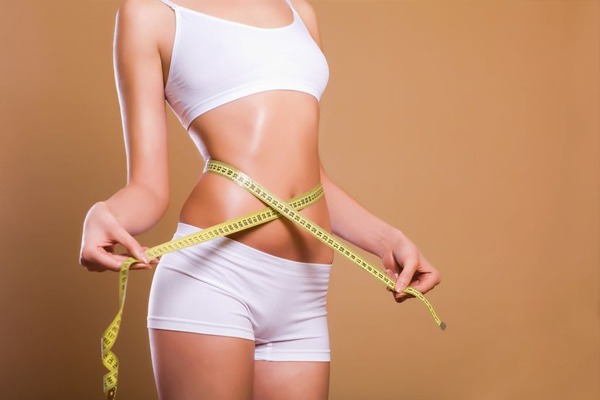
Many people think that ketogenic diet is flavorless.
Not true!
Use your creativity and try new recipes. Make your own. You will discover newer flavors of food.
You won’t miss those breads, pastas, and rice or cakes and cookies.
Don’t forget to keep yourselves hydrated throughout the day. You can have coconut water too. It is a zero-calorie, natural energy drink that also keeps your electrolytes in balance.
The main thing about keto diet is to keep your carbs low.
